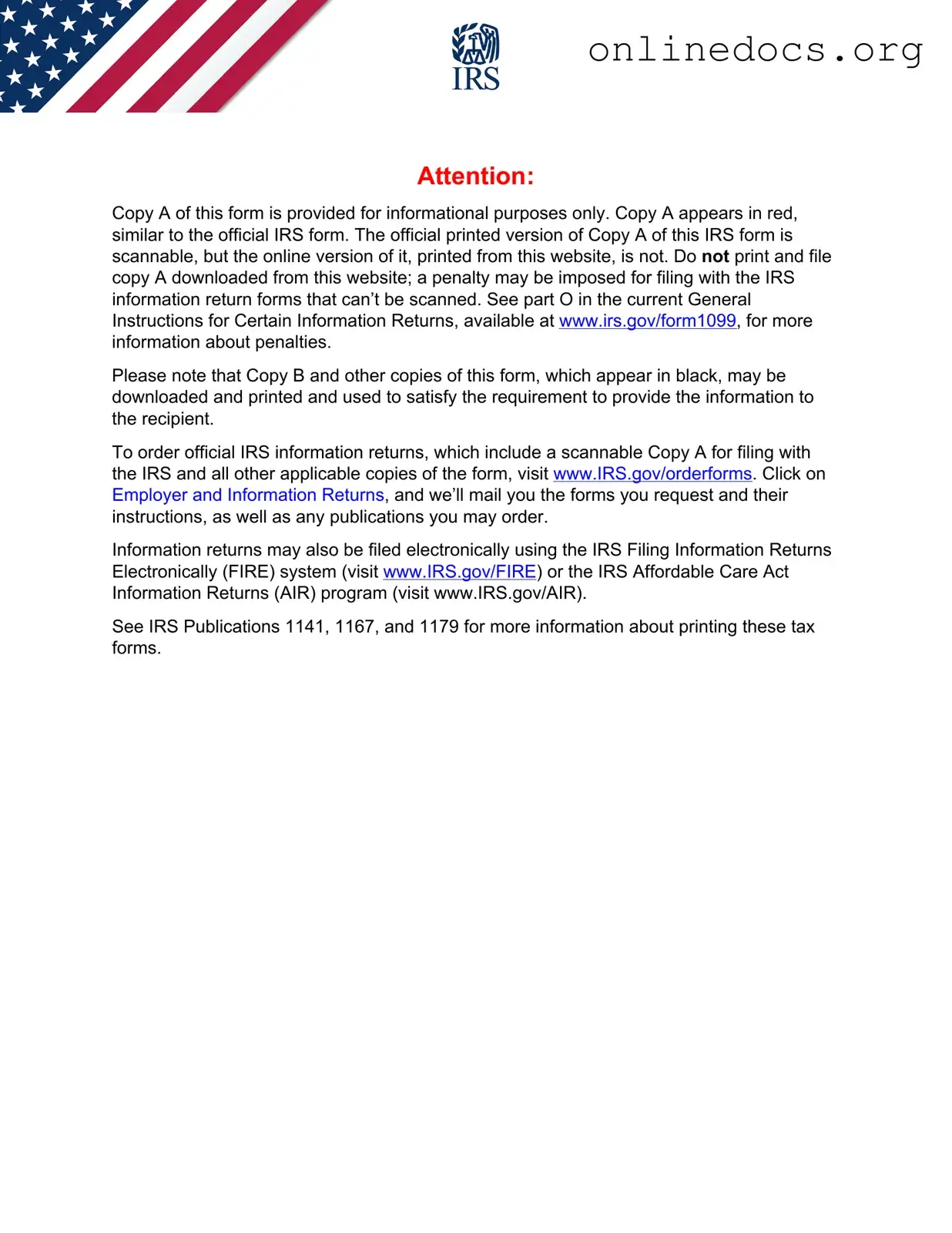The 1099-MISC form is similar to the 1099-NEC in that both are used to report income other than wages, salaries, and tips. The 1099-MISC covers a broader range of income types, including rents, royalties, and other payments, while the 1099-NEC specifically focuses on nonemployee compensation. Both forms require the payer to provide the recipient's taxpayer identification number (TIN) and report the amount paid during the tax year. Recipients of either form must report the income on their tax returns, ensuring compliance with IRS regulations.
The 1099-K form is another document that shares similarities with the 1099-NEC. It is used to report payment card and third-party network transactions. If a business receives payments through platforms like PayPal or credit card processors, they may receive a 1099-K. Like the 1099-NEC, the 1099-K requires the reporting of income received, but it focuses specifically on electronic transactions. Both forms emphasize the importance of accurate reporting to avoid penalties from the IRS.
The 1099-INT form is used to report interest income, distinguishing it from the 1099-NEC, which focuses on compensation for services. Financial institutions issue the 1099-INT to individuals who earn interest above a certain threshold. Both forms require the payer to report the recipient’s TIN and the amount paid. Recipients must include this income on their tax returns, ensuring they are taxed appropriately on all forms of income.
Similar to the 1099-NEC, the 1099-DIV form reports dividend income. Corporations issue this form to shareholders who receive dividends from their investments. While the 1099-NEC focuses on payments for services rendered, the 1099-DIV centers on investment income. Both forms require accurate reporting of the recipient's TIN and the total amount received, reinforcing the need for transparency in income reporting.
The 1099-R form reports distributions from retirement accounts, such as pensions or IRAs. While the 1099-NEC deals with nonemployee compensation, the 1099-R specifically addresses retirement income. Payers must provide the recipient's TIN and the distribution amount. Recipients must report this income on their tax returns, ensuring compliance with tax regulations related to retirement distributions.
The 1099-G form is used to report certain government payments, such as unemployment compensation or state tax refunds. While the 1099-NEC focuses on payments for services, the 1099-G highlights government-related income. Both forms require the payer to report the recipient’s TIN and the amount received, ensuring that recipients accurately report all sources of income on their tax returns.
The 1099-C form reports canceled debts, which can be considered taxable income. This form differs from the 1099-NEC, which reports payments for services. However, both forms require the payer to provide the recipient's TIN and the amount involved. Recipients must report this income on their tax returns, as canceled debts can impact their overall tax liability.
When entering into rental arrangements, understanding the legal framework around lease agreements is crucial, as it helps both landlords and tenants navigate their responsibilities. Utilizing resources like the legalformspdf.com can provide important insights and templates to ensure that all terms are explicitly laid out, thereby minimizing potential disputes and fostering a smoother leasing process.
Finally, the 1099-B form is used to report proceeds from broker and barter exchange transactions. This form is similar to the 1099-NEC in that it requires reporting of income, but it specifically addresses gains from the sale of securities or property. Both forms necessitate accurate reporting of the recipient’s TIN and the amounts involved, highlighting the importance of compliance with IRS regulations in reporting all forms of income.
